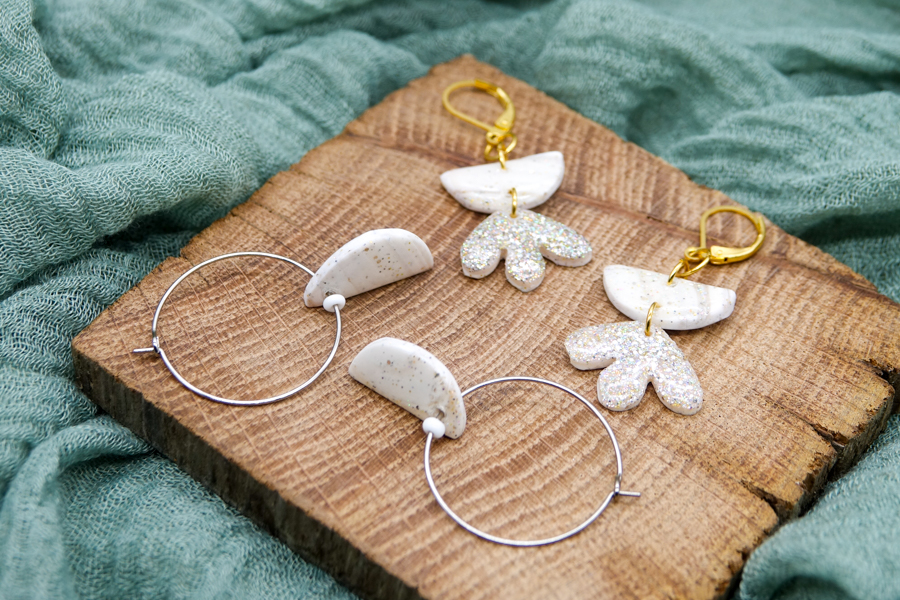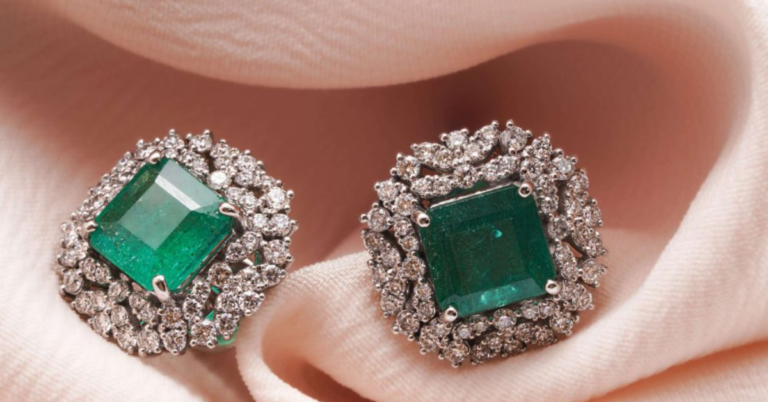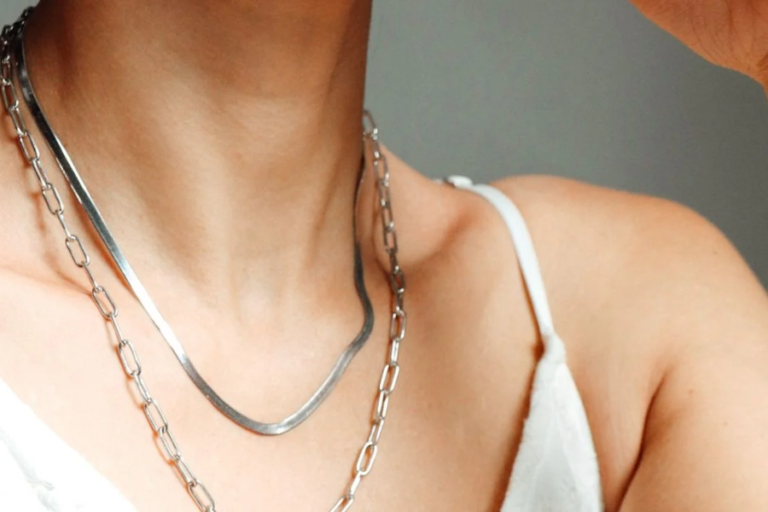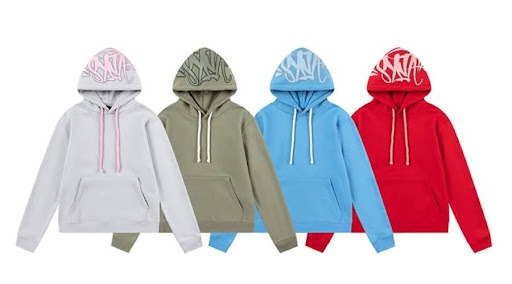The Beauty and Craftsmanship of Sustainable Jewelry
Sustainable jewelry refers to pieces crafted with ethical and eco-friendly practices in mind, aiming to reduce traditional jewelry production’s negative environmental and social impact. This includes using responsibly sourced materials like recycled metals, fair-trade gemstones, and conflict-free diamonds. Sustainable jewelers often prioritize transparency in their supply chains and employ methods that minimize waste and energy consumption. Consumers can make more conscious choices by supporting brands committed to these principles. Bario Neal is a prime example of a company dedicated to creating beautiful, sustainable jewelry, focusing on ethical craftsmanship and responsible sourcing.
Why Sustainable Jewelry Matters
Choosing sustainable jewelry supports better practices for the planet and its people. These range from ensuring safer working conditions to promoting fair trade practices and reducing carbon footprints. It’s a powerful way to contribute to positive change in the industry. Conventional jewelry production causes extensive environmental damage, involving dangerous mining processes and toxic chemicals that wreak havoc on ecosystems. Sustainable practices mitigate these effects by making environmentally conscious choices at every production stage.
Material Sourcing
The materials used in sustainable jewelry play a significant role in its environmental impact. Recycled metals, like silver and gold, are frequently utilized since they reduce the need for mining. Ethical sourcing of gemstones also means ensuring that stones are mined responsibly, respecting labor and environmental standards. The importance of utilizing recycled metals cannot be overstated, as it significantly reduces the demand for new mining operations. By choosing recycled materials, brands can create gorgeous pieces without contributing to further depletion of Earth’s natural resources.
Ethical Production Practices
Beyond materials, sustainable jewelry brands focus on ethical production methods. This includes transparent supply chains, fair labor practices, and reducing waste during manufacturing. Essential techniques, such as 3D printing, are helping to reduce production’s environmental impact further. For example, 3D printing allows for precise creations with minimal material waste, optimizing resource use. Ethical production also means fair wages and safe working conditions for artisans, ensuring that everything from concept to creation is just and humane.
Certifications To Look For
Several certifications can help you identify trustworthy, sustainable jewelry. They include the Kimberley Process Certification Scheme (KPCS), Fair Trade, and the Responsible Jewellery Council (RJC). These certifications ensure that environmentally conscious and ethical labor methods are used in jewelry production. Brands that carry these certifications demonstrate a higher commitment to sustainability, ensuring consumers that their purchases support ethical practices. Additionally, certifications increase industry responsibility and motivate more firms to follow moral and sustainable standards. Customers aware of these credentials can choose businesses more carefully and endorse companies that improve the planet.
Caring for Your Sustainable Jewelry
Maintaining sustainable jewelry properly ensures its longevity. Simple steps, such as regular cleaning with non-toxic solutions, safe storage, and avoiding harsh chemicals, can preserve its beauty and durability. This way, you extend the life of your jewelry, keeping it as a cherished piece for years to come. By handling your items carefully, you can respect the skill and labor that go into making sustainable jewelry. Natural cleaning techniques, such as a solution of warm water and light soap, can clean well without causing harm to the materials or jeopardizing their integrity. When jewelry is stored in soft pouches, scratches, and other damages can also be avoided.
Keep an eye for more news & updates on GlamourUer!






